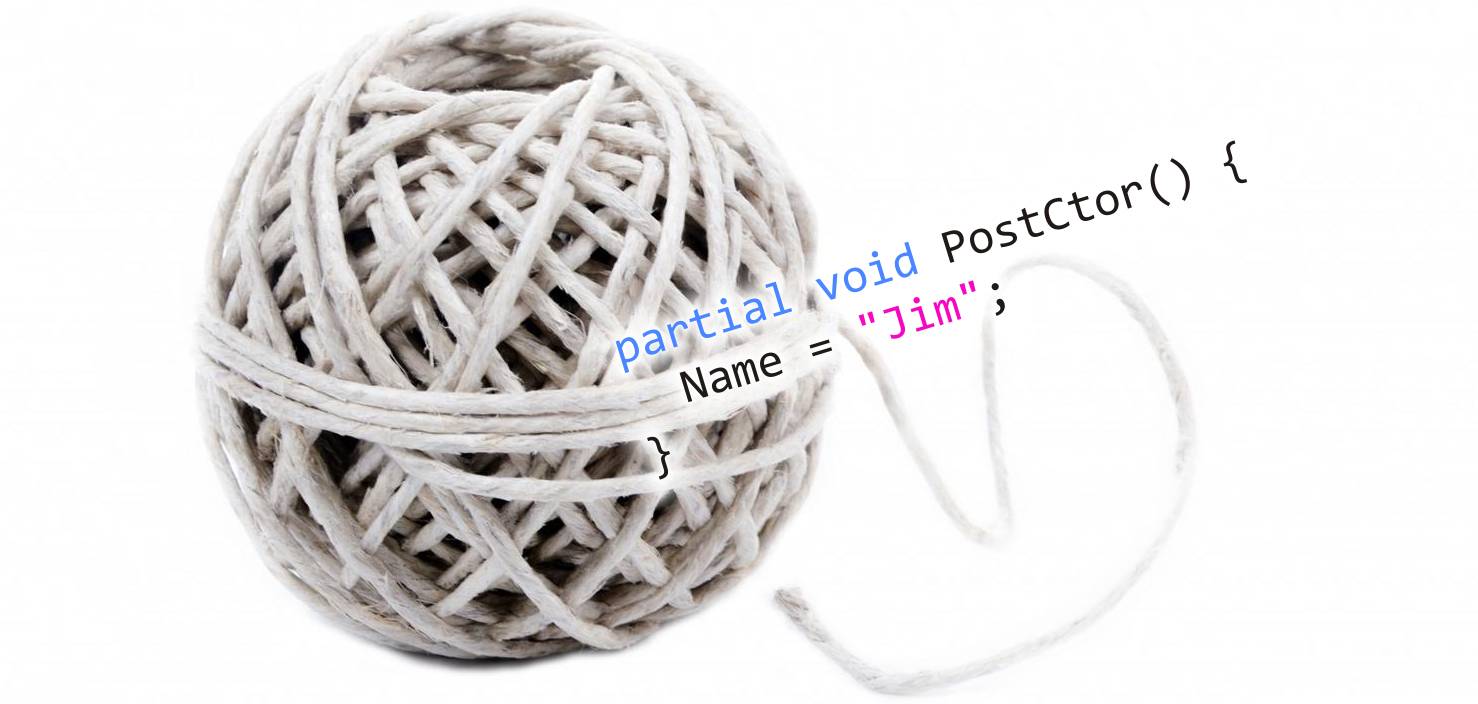I previously blogged about a seemingly innocent LINQ problem that had me baffled for ages, which was how you sort or filter an entity’s child collection in Linq. For example, if you want to pull a collection of customers, and include all of their orders from this year, but none from earlier, then there doesn’t seem to be a simple way to do this in Linq. You need to do the query in two stages, the first which builds an anonymous type, and the second which links the to parts of it together. See that post for more details.
I also blogged about the problem of Linq not including child entities when doing joins, which requires you to cast the query to an ObjectQuery<> so you can use the Include() method on it.
The problem comes when you want to combine the two methods, meaning that your query needs to be constructed in two stages to ensure that the sorting or filtering of the child collection is done correctly, but you also need to cast the final result to an ObjectQuery<> before you send it out over WCF. The problem arises because you need to enumerate the query before doing the Include(), as that is the only way to ensure that the sorting is done, but calling AsEnumerable() gives you an IEnumerable<> (reasonably enough), which can’t be cast to an ObjectQuery! So what’s a fellow to do? Good question, and one that had me going for ages.





One Comment